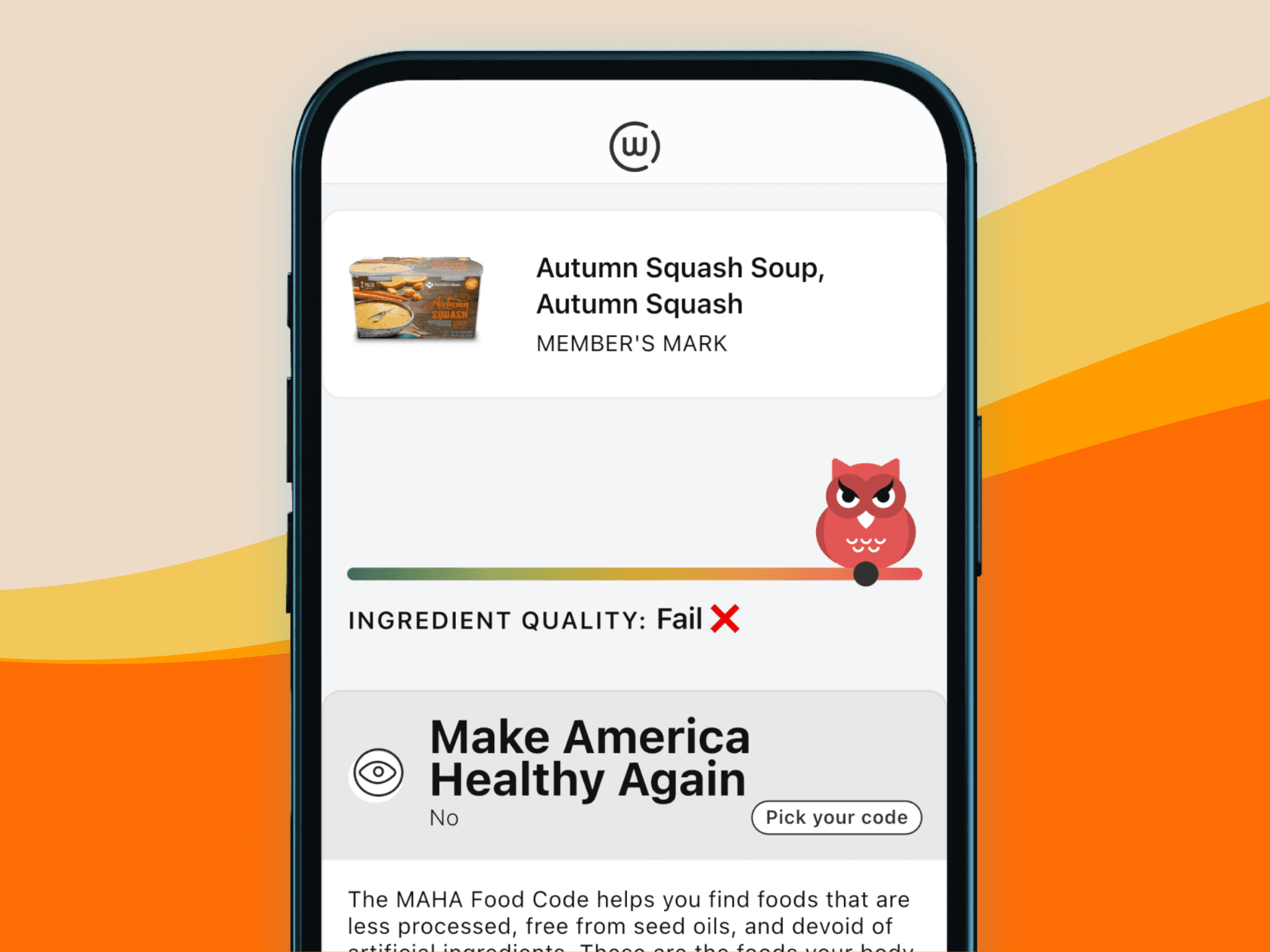
Researchers have created a new scoring system to classify ultra-processed foods, describing it as a “nuanced” alternative to the existing Nova classification.
It has been over 15 years since Dr Carlos Monteiro spearheaded the development of the Nova classification, which categorises food based on the amount of processing it has gone through.
It’s where the term ultra-processed food (UPF) first emerged in public consciousness. UPFs are the fourth and least healthy group of the 4 that Monteiro and his team delineated, and since they have been likened to unhealthy junk foods. Today, UPFs are one of the most talked-about and vilified food groups out there, despite many experts warning against linking nutrition with processing.
Still, the current debate around UPFs views wholemeal supermarket bread, fibre-packed cereals, and plant-based meat the same way as Oreos, Coca-Cola and canned meat.
“Ultra-processed foods are not all the same: there are UPFs with a very good and with a very poor nutritional profile – just as is the case with less processed foods,” Dr Martin Smollich, head of pharmaconutrition at Germany’s Institute of Nutritional Medicine, said last year.
A recent study linked additives in UPFs to higher risks of premature death. In response, Nerys Astbury, a nutrition scientist and an associate professor of diet and obesity at the University of Oxford, noted that it “does not mean that these deaths were caused by UPF consumption”.
“The Nova system… has many limitations, including arbitrary definitions and overly broad food categories, the over-emphasis of food ingredients [as] opposed to the processing per se, and the difficult practical application of the system in accurately classifying foods,” he said.
It has spurred some researchers to develop an alternative classification system to Nova. One such project is being helmed by the parent company of pharma giant Novo Nordisk, which makes drugs like Ozempic, Wegovy, and NovoRapid. However, health experts and the team behind Nova strongly criticised the move as a conflict of interest.
While that effort is ongoing, scientists at US startup Wisecode, whose app provides consumers with information on ingredients in packaged foods, have created a new system they say adds nuance to the Nova classification.
Wisecode’s classification includes super-ultra-processed foods

“While Nova has played an important role in raising awareness about food processing, its one-size-fits-all approach doesn’t seem to reflect the complexity of modern food formulations or the diversity of their health impacts,” explained Richard Black, an adjunct professor at the Tufts University School of Nutrition Science and Policy and chief scientific officer at Wisecode.
“We believe that there is most certainly a group of processed foods that may have a negative health impact over the long term, while there are other processed foods (which Nova would still classify as ultra-processed) that could contribute to a healthy diet.”
Under the Nova classification, food is grouped as unprocessed or minimally processed (like fresh produce), processed culinary ingredients (think olive oil and salt), processed foods (like certain cheeses and artisan breads), and UPFs.
Wisecode expands this to five categories, ranking foods as minimal, light, moderate, ultra, or super-ultra-processed. It assesses the ingredients based on the amount of processing and the current science about their associated health risks, calculates the percentage of calories coming from added sugars, and considers banned additives or those with known health concerns.
This scoring system was applied to over 650,000 foods and more than 5,500 ingredients, and then compared with how they’re classified under the Nova system. The researchers say they found far more differentiation among foods classed as UPFs under Nova, but less differentiation among minimally processed foods.
While 95% of the analysed foods were classified as ultra-processed under Nova, they were more evenly dispersed across Wisecode’s system, where each category contained 16-23% of the foods.
Catering to the MAHA crowd

Black suggested that Wisecode’s approach is “more nuanced and objective” than other UPF classifications, thanks to a “more specific and actionable framework”.
“For consumers, it can provide a clear method for assessing processed foods and selecting healthier options, even within heavily processed food categories. For manufacturers, this allows easy comparison of your food products with your competitors, based on ingredients used and potential health impact of those ingredients,” he stated.
He described it as a powerful research tool, making it possible to study the presence of individual and combinations of ingredients in new ways to determine which are linked with ill health, and which are not.
He presented the work at the Nutrition 2025 meeting of the American Society for Nutrition conference (May 31 to June 3), though certainly, wider evaluation will be needed before it’s viewed as an ideal alternative to Nova.
“Our system is designed to evolve with scientific knowledge,” acknowledged Black, who noted that the approach isn’t a final conclusion. “As researchers discover more about specific ingredients and processing methods, we’ll continuously update our assessments to ensure consumers always have access to the most current, evidence-based information.”
Wisecode’s app also includes codes for consumers to assess the presence of additives, sweeteners, allergens and clean-label ingredients, akin to product-scanning app Yuka, which tells consumers which harmful additives a product contains and enables them to ask manufacturers to remove them.
Another feature likely to be popular in the US is Wisecode’s Make America Healthy Again code, which helps shoppers filter out UPFs, high-fructose corn syrup, processed seed oils, artificial colours, and other harmful ingredients – all a target of Health Secretary Robert F Kennedy Jr.
Apart from Wisecode, another Nova alternative comes from researchers at Mass General Brigham, who use machine learning to rank 50,000 processed foods in the GroceryDB database.
The post Scientists Develop Alternative to Nova Classification with ‘Nuanced’ Approach to UPFs appeared first on Green Queen.
This post was originally published on Green Queen.